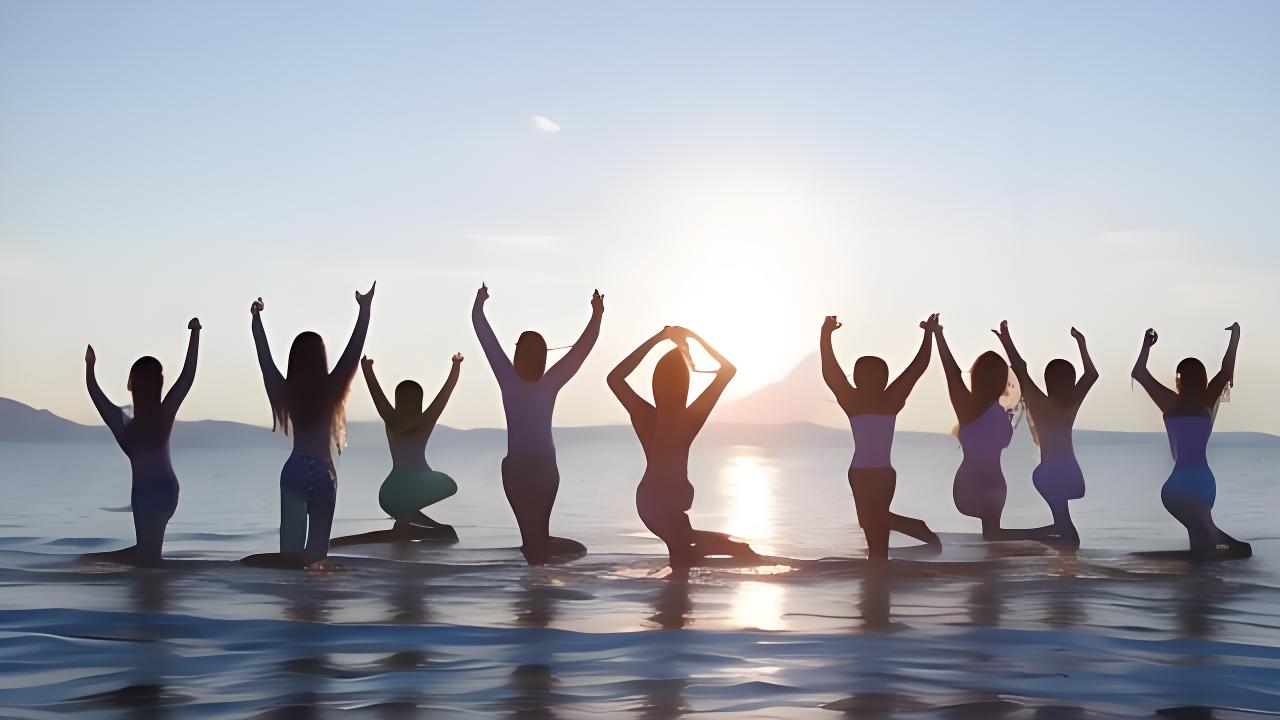Tai chi balance exercises for the elderly are a gentle and effective way to enhance physical condition. They not only improve balance and flexibility but also bring a sense of peace to the mind. Here are some key aspects of these exercises.
Gentle Movements
Tai chi's gentle movements are perfect for the elderly. For example tai chi balance exercises for elderly , the slow – paced "cloud hands" can be easily followed. These moves don't put too much stress on joints. When an old person practices cloud hands, they gracefully move their hands in circular motions, as if they're guiding a light breeze. It helps them loosen up muscles and joints while gradually improving balance.
The smooth transitions between postures also count. Elderly people can go from a standing position to a half – squat slowly and steadily, like a flower blooming in slow motion. This kind of movement trains their balance without overexertion.
Mental Focus
While on the surface, it seems like just physical exercise, tai chi actually requires a lot of mental focus. When elderly people step forward while keeping their body upright, they have to concentrate on every detail, just like a tight – rope walker. This level of focus helps clear the mind of daily worries.

By focusing on each movement,elderly practicers enter a state of mindfulness. They forget about achieves and stress and become one with the movements Tai Chi For Health , similar to how a musician gets lost in the music. This mental clarity is also good for their overall well – being.
Building Coordination
Tai chi balance exercises are great for building coordination. Take the "single whip" move. The elderly need to coordinate their hands,feet Tai Chi And Diabetes Courses Online , and body in a harmonious way. One hand extends forward while the other retracts, and the feet move in sync. This is just like a well – choreographed dance, but with the purpose of enhancing balance.
Another example is the footwork in tai chi. The precision steps not only test the leg strength but also the ability to coordinate both legs. Elderly folks learn to shift their weight smoothly from one foot to another, like swans gliding on water.
Social Engagement
Many elderly people take tai chi classes together. In these classes, they form a community. At the break time, they might share stories of their progress or difficulties in learning the moves. An old man might say to his friend, "I finally managed to keep my balance in that tricky turn yesterday!" This social interaction adds a lot of fun to the exercise.

They can also motivate each other. If one person is having a hard time with a specific posture, others can offer help. This reciprocal support system creates a warm atmosphere where everyone feels welcome and encouraged.
Long – term Benefits
With regular practice of tai chi balance exercises, the elderly can experience long – term benefits. Their balance will be constantly improved, reducing the risk of falls. They may also find that their bones become stronger, just like a well – built bridge becoming more stable over time.
Mentally, they'll have a better sense of self – confidence and a more positive outlook on life. As they master more complex moves, they'll feel a great sense of achievement. It's like climbing a mountain step by step and reaching new heights.
Do you think tai chi balance exercises are suitable for all elderly people with different physical conditions?



